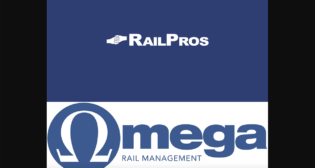
CP, KCS to STB: ‘A Perfect Fit With No Overlap’
Written by William C. Vantuono, Editor-in-Chief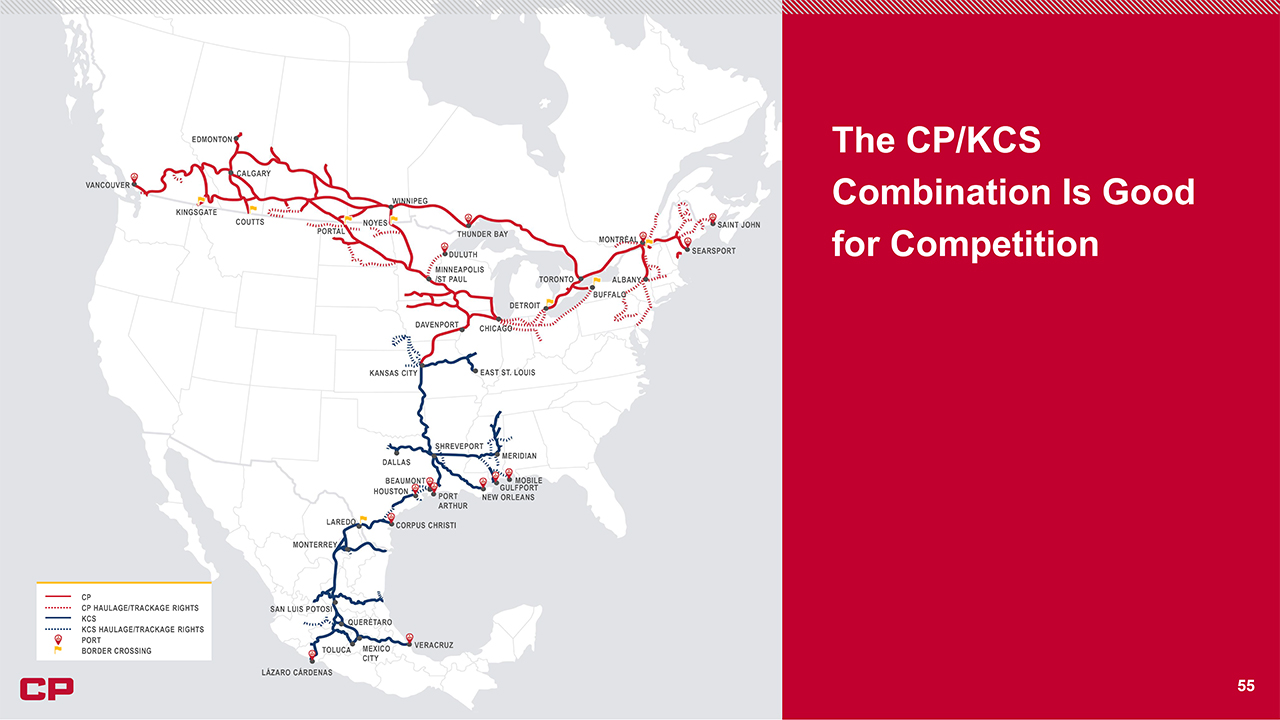
Inching toward a decision on the Canadian Pacific-Kansas City Southern merger, the Surface Transportation Board held seven days of hearings* on the transaction, with numerous presenters, both pro and con.
CP and KCS executives, CEOs Keith Creel and Pat Ottensmeyer (Railway Age’s 2022 Co-Railroaders of the Year) among them, provided testimony addressing operations, competition, service quality, capital investment, environmental impact, and effects on passenger rail on shared rights-of-way (chiefly Metra in the Chicago region). The entire presentation can be downloaded below. Following are selected statements and graphics.
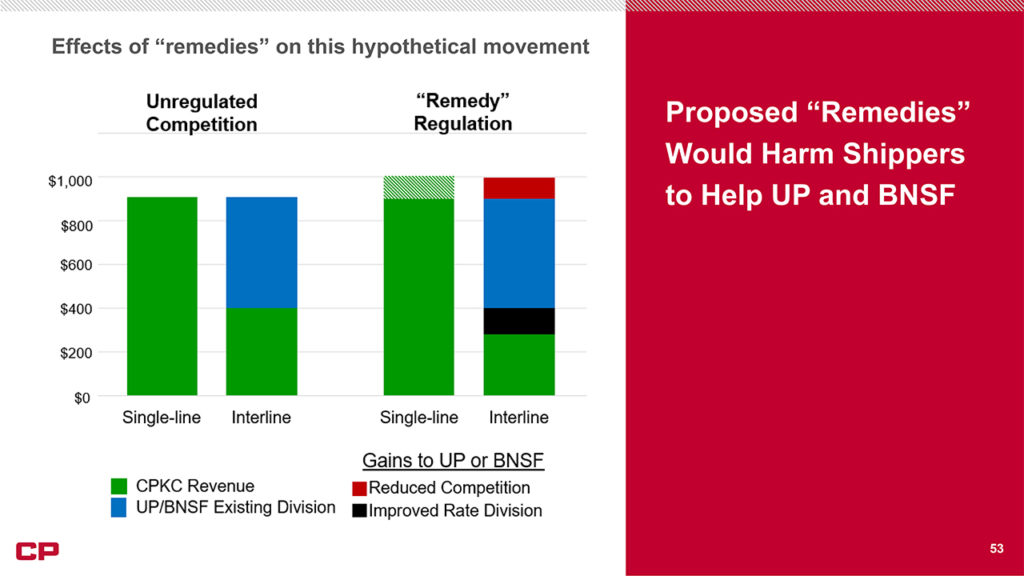
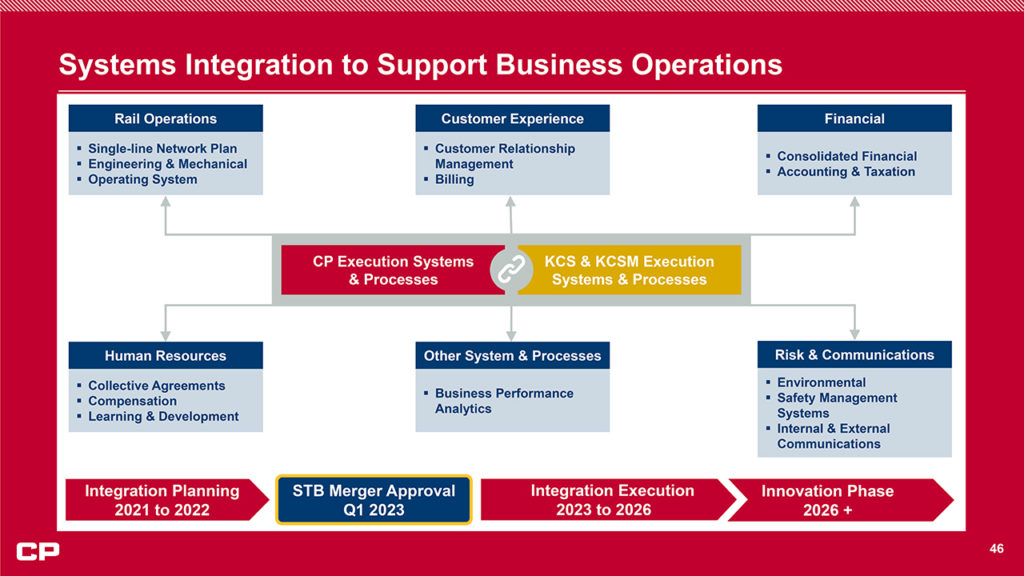
Canadian Pacific-Kansas City (CPKC) is “a perfect fit with no overlap,” said Creel. The merged railroad will “be accountable to on-the-record commitments, keep affected gateways open on commercially reasonable terms and create no new bottlenecks, honor its Service Promise and its offer to extend Bayer agreement terms to all of KCS’s TIH (toxic inhalation hazard) shippers, collaborate with all users of Texas lines shared with CPKC to support coordinated operations and necessary infrastructure additions, and honor its commitments to Metra.”
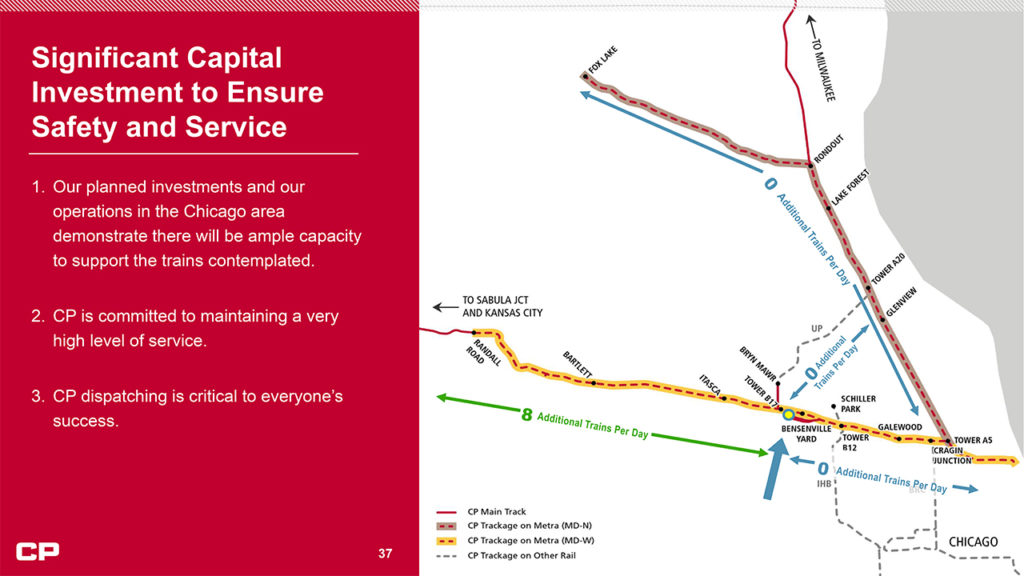
Those commitments to Metra are that CPKC will not “force CPKC freight trains operating between Kansas City and St. Paul, Minn. over the lines we share with Metra (except in emergency detour situations), and object to Metra resuming of its full pre-COVID schedules on Metra’s Milwaukee District West and Milwaukee District North lines.” The new Class I will “work collaboratively with Metra on improved real-time communications about dispatching decisions that might have an impact on Metra’s scheduled trains, support collaborative assessments of proposed Metra operational changes outside peak windows (when Metra needs our consent to add trains), and support an agreed-upon escalation process to avoid or resolve disputes about issues impacting Metra train performance.”
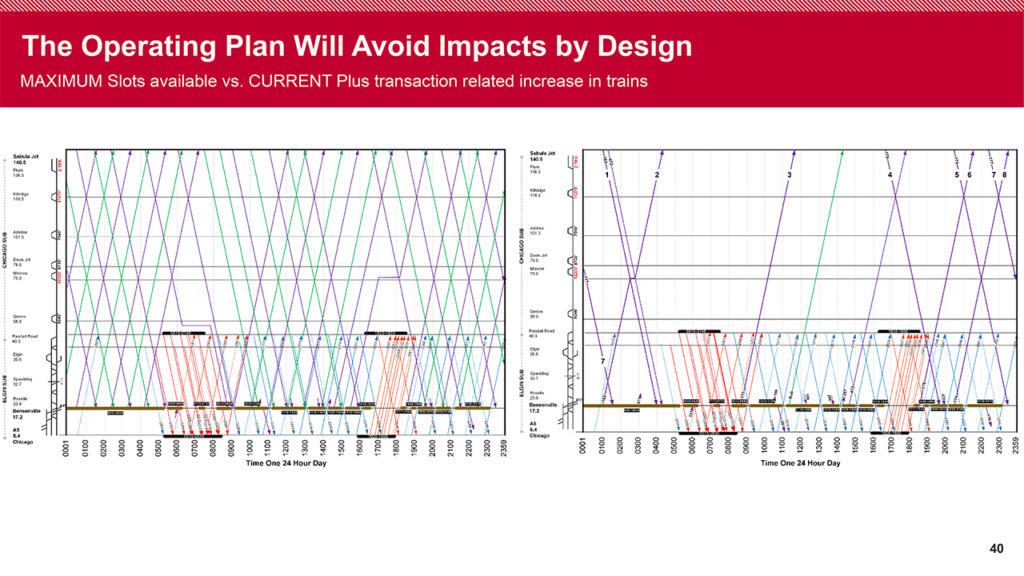
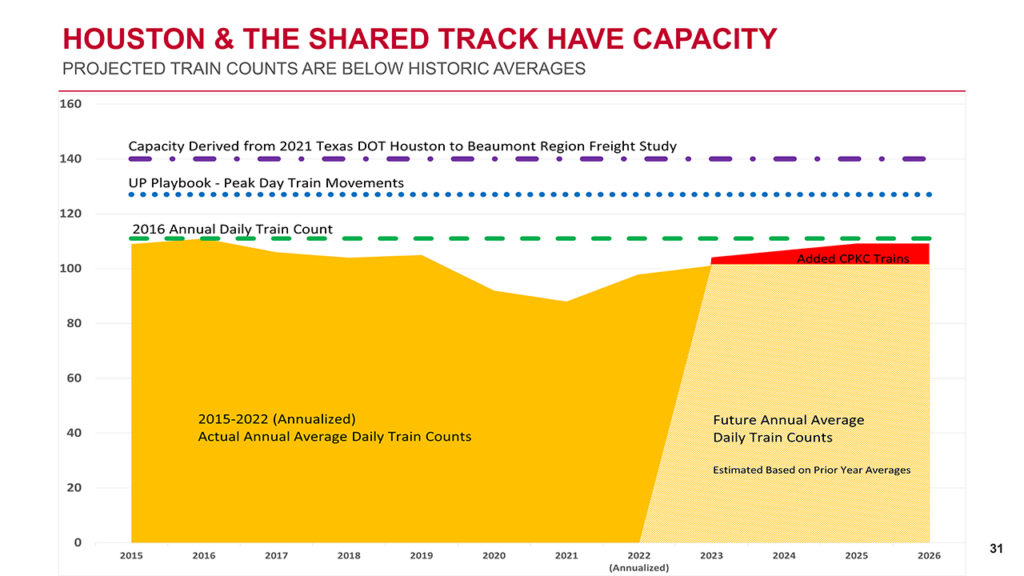
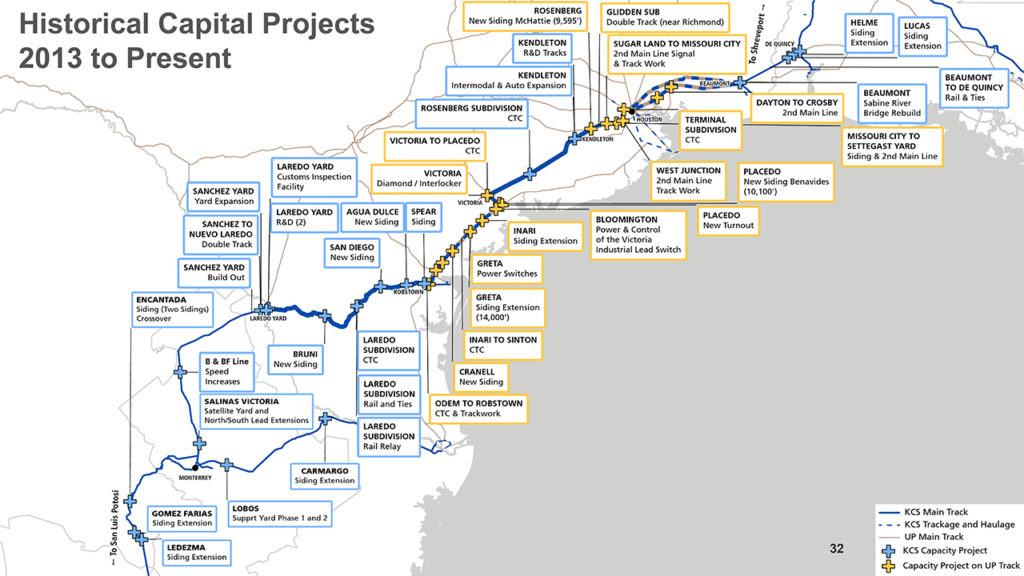
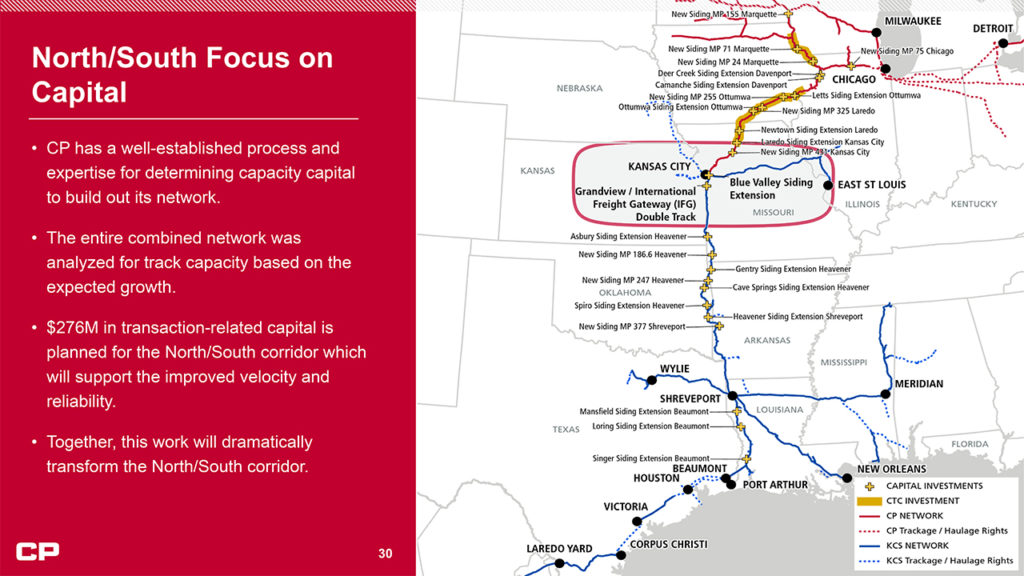
“Growth will enable all points to be better-served,” noted CP Assistant Vice President of Service and Product Design Raymond Elphick and KCS Executive Vice President Operations John Orr. “Deeper blocking and longer distance trains reduces transit times, generates greater reliability and improves resource utilization. The density of traffic along the north-south corridor of the combined network creates economies of scale. ‘A car is a car,’ as connecting carriers (based on the traffic analysis) would receive the same or better service.”
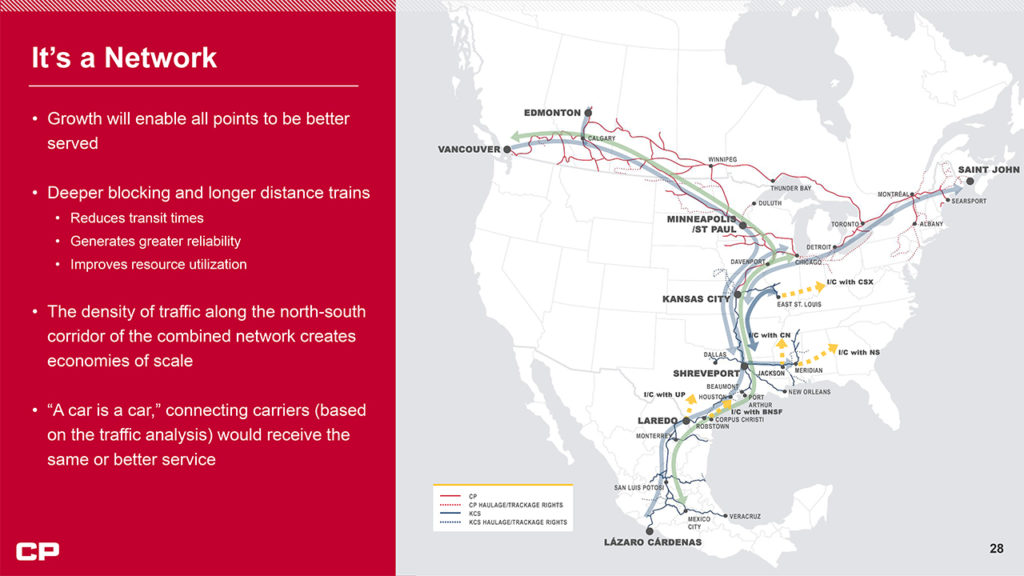
DOWNLOAD THE FULL PRESENTATION:
*Editor’s Commentary: Contributing Editor Frank N. Wilner notes, “During deliberations on the merger of railroads New York Central and Pennsylvania into Penn Central, ICC member William H. Tucker was quoted in the Feb. 13, 1967, Railway Age that “there is no conceivable reason why a merger case should resemble a trial for first-degree homicide, with a dozen prosecuting attorneys and scores of defense counsel nitpicking at every statement.” See Wilner’s “Is STB Facing Information Overload?“ The CPKC presentation cited here is 52 pages, long but quite clear and concise, in my opinion. A CSX presentation on just the Meridian Speedway effects of the merger is about 120 pages. Similarly, BNSF and Union Pacific filed long statements on how they perceive the merger will affect their operations in just the Houston area, and at the Laredo border gateway. Preparing all of this excruciating detail must have required a tremendous amount of time (not to mention attorney fees). It’s all available on the STB website. – William C. Vantuono


